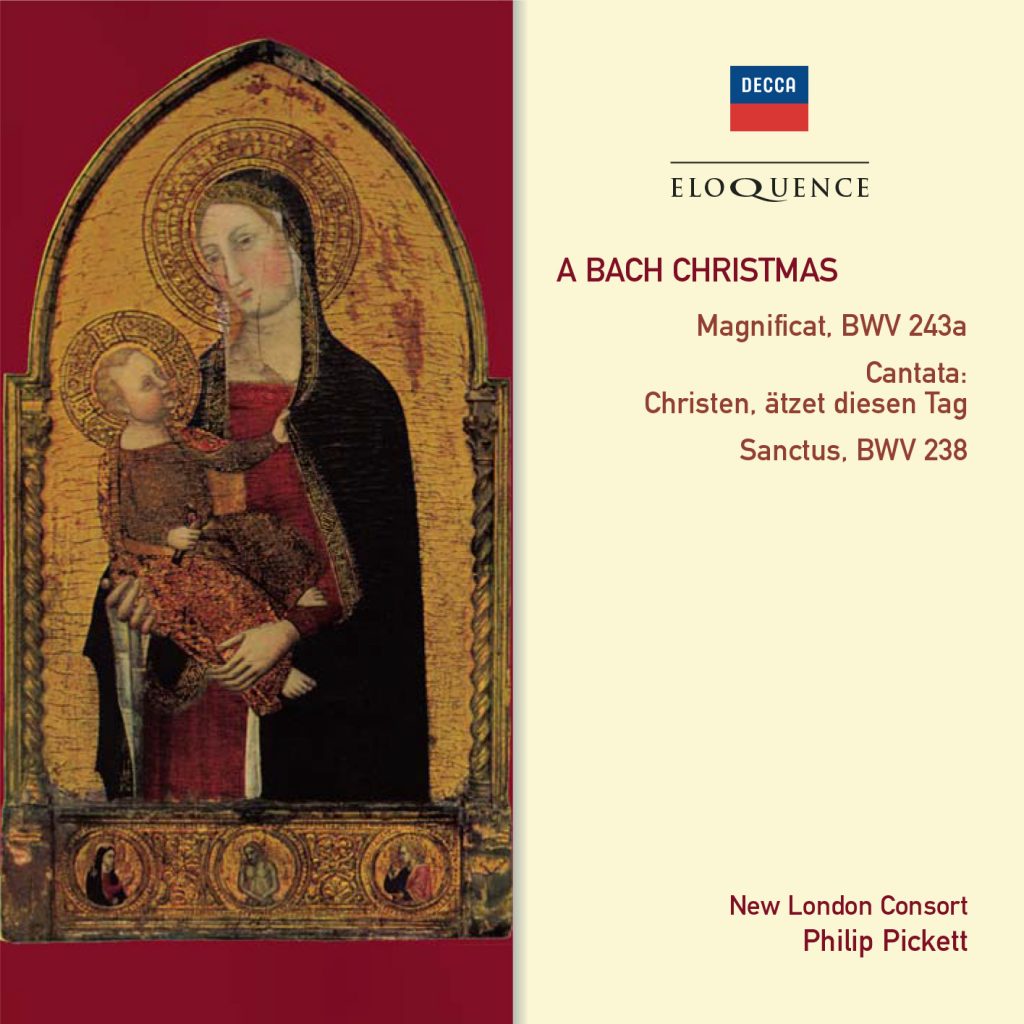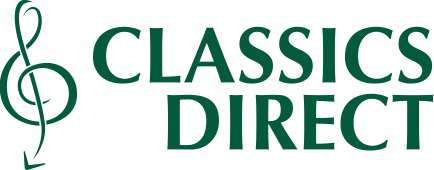
Christmas in Leipzig, 1723
Advent was a time of penitence in the Lutheran as in other Christian traditions.
In Leipzig, the first Sunday in Advent was treated with some pomp as the beginning of the church year, and the service included a cantata. But on the other three Sundays, music was simple and the only instrument used was the organ. On Christmas Day 1723, the congregation at the morning service at the church of St. Nicholas would have sensed a change of atmosphere long before Bach’s music was heard. Many would have been woken by the bells ringing through the darkness at four and at six o’clock. The main service at seven o’clock began with a joyful hymn, ‘Puer natus in Bethlehem’, and the Kyrie and Gloria were sung in polyphony, not in unison. At the end of the reading of St. Luke’s account of the birth of Christ in Bethlehem and of the appearance of the angels to the shepherds, the sound of four trumpets, drums, three oboes, bassoon and strings would have resounded like an illustration of the hosts of heaven.
The cantata ‘Christen, ätzet diesen Tag’ is indeed one of Bach’s richest scores: none of the thirty he had so far performed at Leipzig matches it. The opening chorus is dominated by the instruments; we are well aware that this is a day of rejoicing, before the singers tell us so. But the middle section (the form is that of a ‘da capo’ aria) begins with the voices alone inviting us to the crib. This extrovert and communal statement is followed by a more personal one, with solo voice (alto) singing a highly expressive recitative, whose discordant intervals are set against a continuous string accompaniment, rather than the normally short chords of the organ. The message of
Christmas is not simply a matter of rejoicing.
Of the two customary ways of writing a duet, Bach veers more to alternation than continuos thirds, the exchange of melodic fragments suggesting that the soprano and bass outvie each other in their acceptance of the message of the birth. The marking Adagio ensures that the performers maintain the intensity of the recitative. The tenor takes up another theme, that of the Lion of Judah defeating the burden of sin, with rapid scales in the accompanying continuo. A duet for alto and tenor returns to the metre and sentiment of the first movement. In a recitative, accompanied most unusually by oboes as well as strings, but with short chords rather than the sustained ones of the second movement, the bass adopts an ecstatic vein. The trumpets return for the closing chorus, which, surprisingly, is not based on a chorale.
In Leipzig, Bach used chorales in his cantatas as a way of associating the music with the theological theme of the service. Cantata 63, however, was an earlier work, written eight or ten years previously, and makes its points without the aid of such references. Its origin is unknown. Although it was written while Bach was working for the Duke of Weimer, the pitch and transpositions implied by the notation differ from the cantatas written for the Duke’s chapel. It survives in the form of a set of parts, and is one of the few cantatas for which there is evidence that, in the choruses, additional singers joined the four soloists.
The cantata was followed by Luther’s versification of the Creed, then the sermon. This, along with concomitant prayers and a chorale, lasted an hour. The choir and instruments were involved in one further item of the service, the ‘Sanctus’, which was sung in Latin on major feasts of the church year. The ‘Sanctus in D major’ is a suitably exuberant piece, though rather more modest in scoring than the cantata, being written for four voices with instrumental doubling and an independent violin part. The latter begins with rapid, repeated notes than remind us of the setting of the word ‘sanctus’ in the ‘Duo Seraphim’ of Monterverdi’s ‘Vepers’ – not a work that Bach would have known but perhaps both composers would have suggested the continuous nature of the angelic praise.
The cantata was performed again in the afternoon at Vespers at St. Thomas’s, and later in the service the Magnificat was sung in Latin. In later years, Bach could relax during December, since he had three Sundays for which it was not necessary to compose or refurbish a cantata. But in 1723 he must have spent much of that period thinking about the Magnificat. The musical form of a cantata was governed by the shape of the text: even if the word-book printed for the congregation to study during the performance had not marked them, it would have been predictable which sections were intended for setting as recitative, da capo aria, chorus and chorale. The form of the Magnificat, however, was different: Mary’s song used the poetic manner of the Hebrew Psalms, with balancing half-verses but no repeats. Bach sometimes draws attention to this, most notably in ‘Suscepit Israel’, taking his cue from the two sections of the modulating ‘tonus peregrinus’. Elsewhere, he treats the whole verse as a unit or makes his own division, as in ‘Quia respexit’, where his aural representation of ‘omnes generationes’ [all generations] interrupts the solo. The device of the return to the opening music at ‘sicut erat in principio’ [as it was in the beginning] was a common one: but he goes further. Is the circling around itself of ‘sicut erat in principio’ another way of suggesting eternity? If so, Bach already had it in mind when composing the first movement.
It may seem strange that this recording is described as the Magnificat in E flat, but sounds at the same pitch as one would expect to hear the ‘Magnificat in D major’ – that is, in D flat major in terms of modern pitch. Several pitch-standards existed in the places where Bach worked. In Leipzig, Bach normally notated his music at the current chamber-music pitch, though the organ was a tone higher and the organist had to play from a transposed part. In this case, Bach must have used wind instruments a semitone lower than usual. There is evidence that they were available during the first year or so of his time at Leipzig. But when he came to revive the work, they were no longer in use, so it was transposed to D, with some adjustment to details. The recorders in
‘Esurientes’, their hollow sound particularly appropriate for ‘sent empty away’, were replaced by flutes, and the trumpet in ‘Suscepit Israel’ by oboes. Bach used the same melody for this verse in his German Magnificat, Cantata 10, allocating it to trumpet and oboes together. The chant is one to which the whole of the Magnificat was sung on other occasions; its use for this verse may have been triggered by the mention of Israel, which would have reminded Bach of Psalm 114: ‘When Israel came out of Egypt and the house of Jacob from among the strange people’, whose association with the ‘tonus peregrinus’ can be traced through the Catholic liturgy to early Jewish chant.
Apart from key, instrumentation and some details of composition, this differs from the more familiar version by having four additional movements. It was customary to insert items into Lutheran Magnificats to make them appropriate to the feast, and the association of the texts Bach added went back over a century. The practice was old-fashioned by 1723; indeed, it had been abolished in Leipzig in 1702. Despite this, there are two sets extant which were probably performed there under Bach’s predecessor, Kuhnau. Bach’s examples seem to be the last representatives of the tradition. He added them at the end of this score of the Magnificat, just cueing them into their sequence. The end of ‘Virga Jesse’ is lost and Bach’s re-use of the material in Cantata 110 is not close enough to reconstruct what is missing. The version here completes the movement with as little new material as possible.
© Clifford Bartlett
JOHANN SEBASTIAN BACH
Cantata ‘Christen, ätzet diesen Tag’, BWV 63
(‘Christians, engrave this day’)
Sanctus in D major, BWV 238
Magnificat in E flat major, BWV 243a
Catherine Bott & Elizabeth Scholl, sopranos
Christopher Robson, countertenor
Paul Agnew & Andrew King, tenors
Michael George, bass
New London Consort
Philip Pickett
Recording producer: Chris Sayers
Balance engineer: Neil Hutchinson
Location engineer: Graham Meek
Recording editor: Timothy Bull
Recording location: Walthamstow Assembly Hall, London, October 1995
‘This most enjoyable disc contains some marvellous life-enhancing music and it can be enjoyed at any time of the year, not just at Christmas’ MusicWeb



